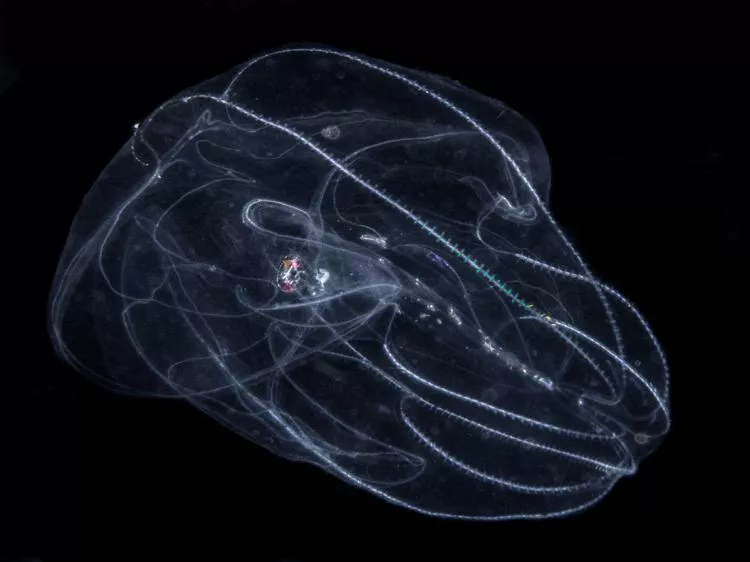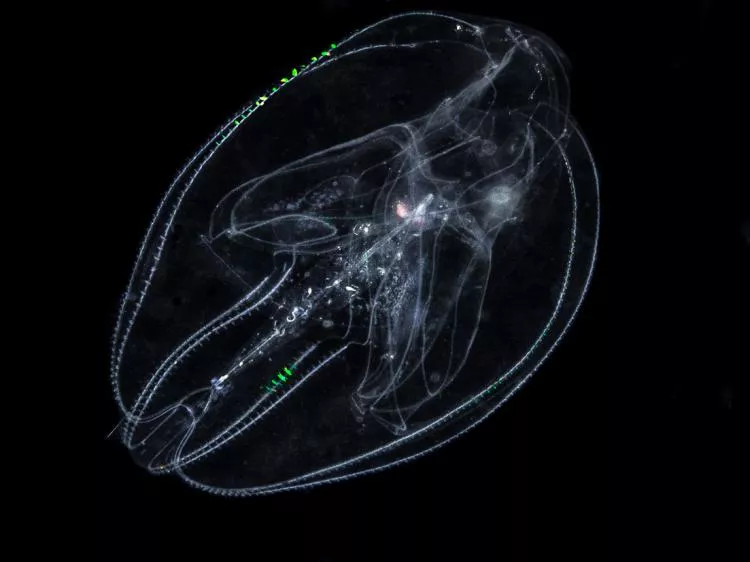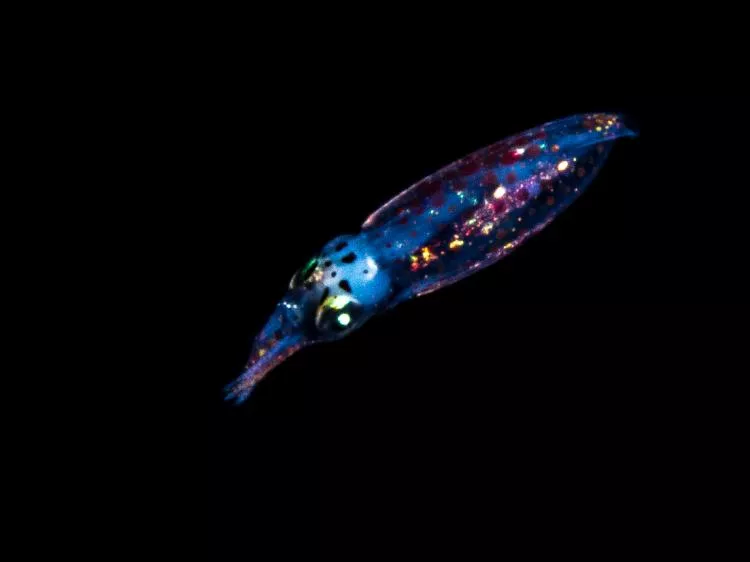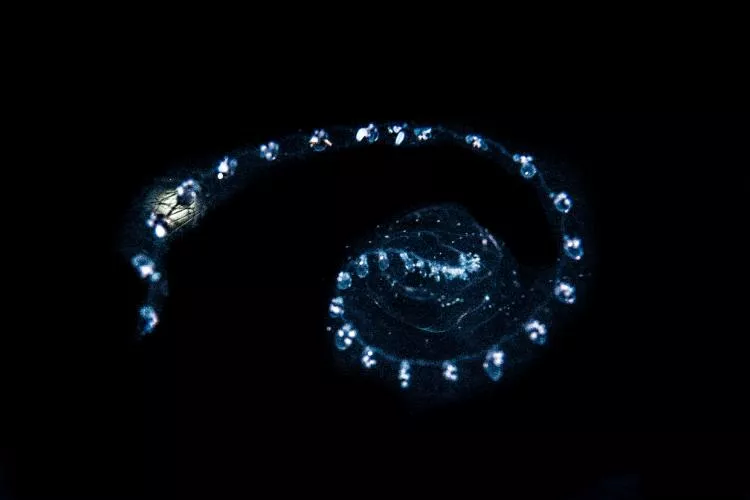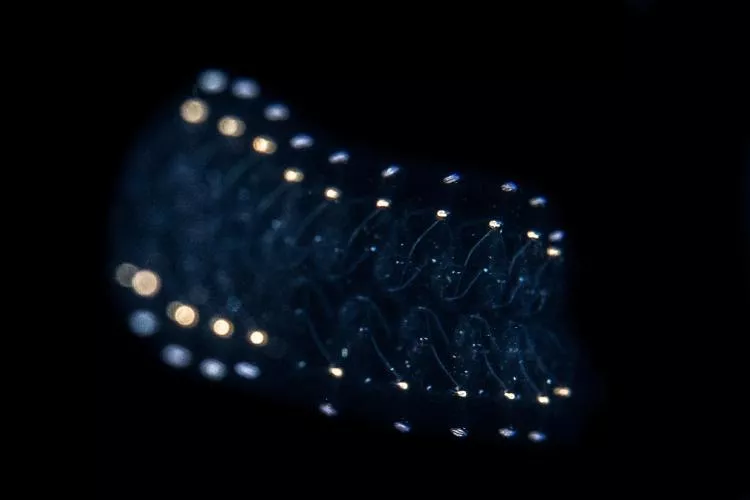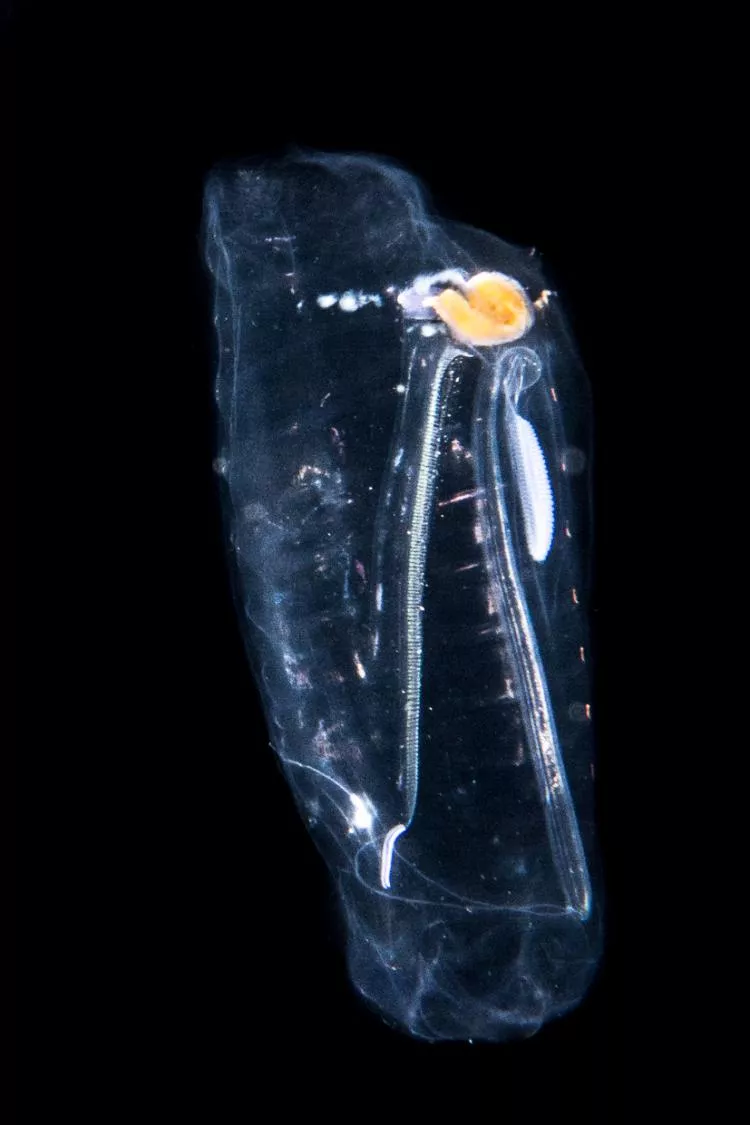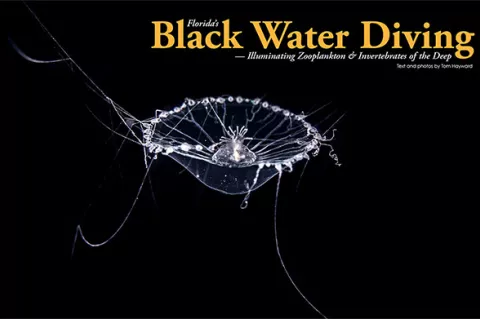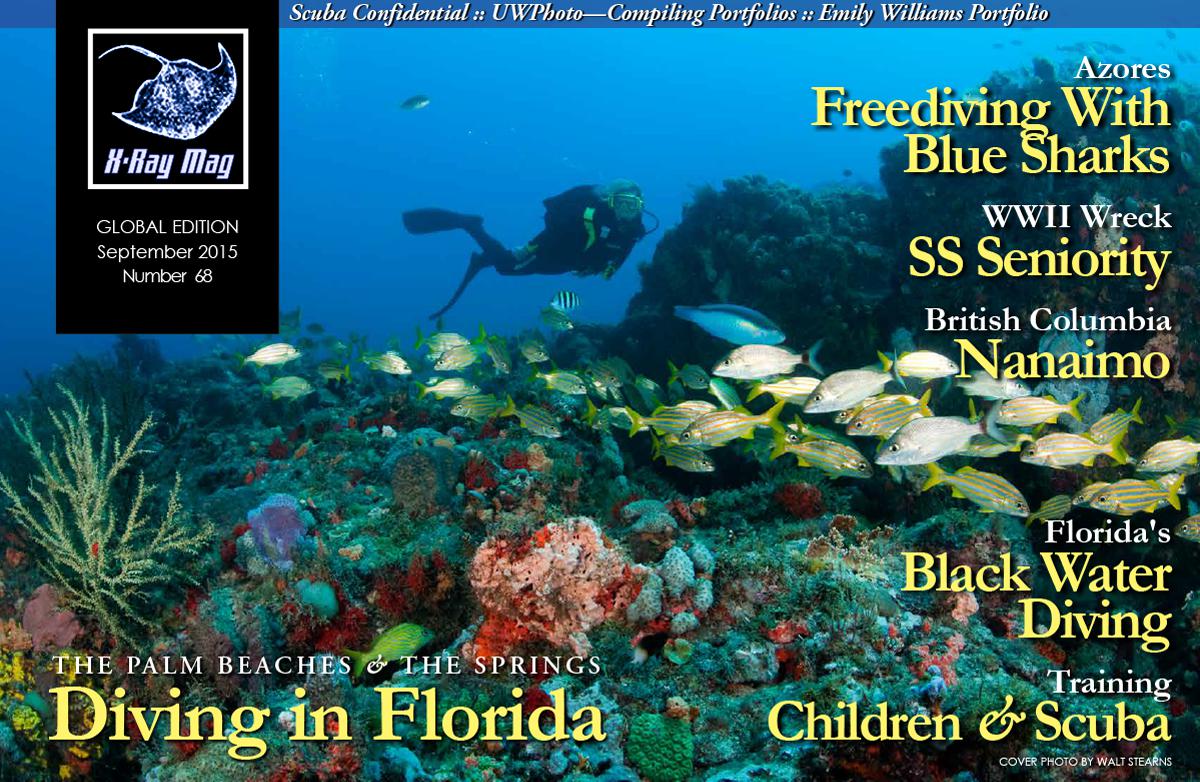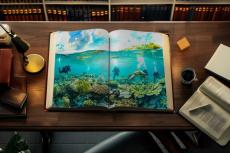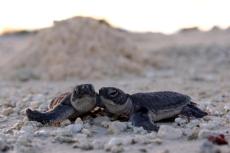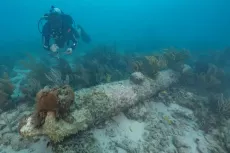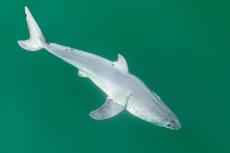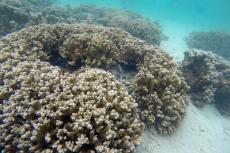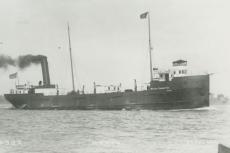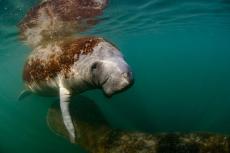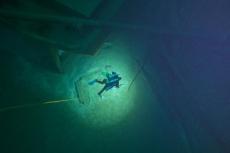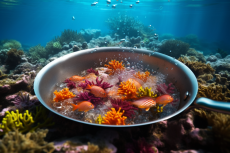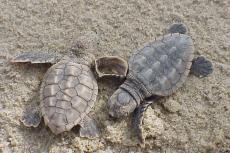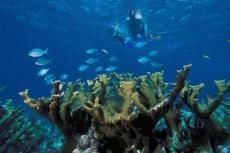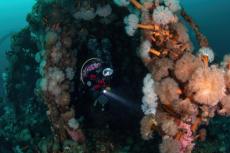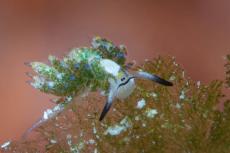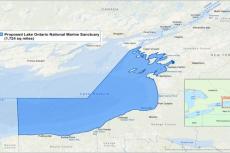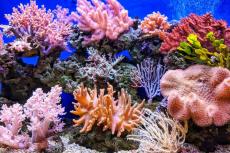As divers, we watch underwater documentaries from the BBC, National Geographic and other media with keen interest. Deep water explorations, or photos and video from exotic locales, hold us rapt. How many times have you wished you could sail on one of those research vessels, if only to catch a glimpse of a rarely seen species? For those without the resources to join such expeditions, there is an affordable alternative: Enter the black water dive—long offered in Hawaii but now available on the east coast of the continental United States.
Contributed by
Factfile
American underwater photographer Tom Hayward hails from New England, where he lived for 53 years.
He is a PADI Master Scuba Diver, having received his Open Water certification in the early 1990s.
Now retired from Verizon, Hayward currently lives with his wife in Stuart, Florida, and is a member of the South Florida Underwater Photography Society (SFUPS).
For more photos, go to: thayward.smugmug.com.
[ed.— Black water diving is essentially diving over the abyss in open water at night, often far from shore, with the black depths of the sea underneath, in order to observe small critters like zooplankton and invertebrates.]
At night, tiny creatures that live in the deep abyss (500ft/152m or more) rise to the surface to feed under the cover of darkness. These zooplankton and larval animals are alien to the average diver. They are likely to be translucent and do not resemble their adult counterparts. Every glimpse around the water column yields an unknown addition to one’s personal catalog. Best of all, it all happens on a short boat ride off the coast of Palm Beach County, Florida.
Diving
My evening began with boarding the dive boat Sirena, owned and operated by Pura Vida Divers on Singer Island, Florida. The vessel is a 30-foot Island Hopper, and can carry a maximum of 12 divers. Once the standard safety and amenity briefing was completed and we cleared Lake Worth Inlet, the boat turned south for a short ride along the beach. This was a drift dive in the Gulf Stream current. The captain was anticipating our northerly speed, so we ended our adventure near the inlet. Once the distance was satisfied, he turned due east and continued offshore until the proper depth was reached. When optimal conditions were met, the boat was throttled down and the well-honed crew went to work setting up the dive.
Being a night dive in 152m (500ft) plus depth of water, there was no usable bottom or reef for reference. Dean Shuler (our captain and co-owner of Pura Vida) had addressed this problem with a 34-inch white round fender. To this ball, he attached a 12m (10ft) length of 1.6cm (5/8in) braided nylon rope marked at 3m (10ft) with a single glow stick, two glow sticks at 6m (20ft), three sticks at 9m (30ft), and at the bottom, an LED light aimed straight up. Of course, weights were added to keep it vertical and a lighted dive flag was tethered to the top. This arrangement drifted with the divers and gave a great visual reference of one’s depth.
Most animals will be between 5 to 8m (15 to 25ft), so going deeper than 12m (40ft) is unnecessary and discouraged. Another great benefit of this rig was the ability to hang onto the rope until one felt comfortable with one’s surroundings. With the ball having an advertised buoyancy of 358kg (790lbs) and the rope a tensile strength of 6,700kg (14,800 lbs), everyone could hang on with confidence. This was especially beneficial to the first-timers.
The dive profile required only a single tank and the captain generously allowed one hour for the dive. On one’s first dive of this type, most of that hour is usually spent settling in. (Think about your first night or reef dive without an instructor.)
Once I established my personal dive area, the first thing I noted was the multitude of particulates. It resembled a loose duststorm. Suddenly, on the periphery, I detected movement—the first creature, spotted.
As my eyes adjusted to the surroundings, I realized I was centered in an explosion of life. Many delicate creatures moved, pulsed, and lit up, while performing a dance to unheard music.
About two-thirds into the dive, I noticed a miniature circus being performed within inches of my light. Tiny creatures were spinning and pirouetting at speeds that did not allow identification. Time continued on and the symphony built to a crescendo. Suddenly, I remembered to check my computer and realized, sadly, the allotted time had elapsed—the subsurface dive was over.
This night was not over yet, though. As I floated along the surface waiting to be picked up, I put my mask in the water to see what was there. At this point, the area had been lit by various sources for an hour and many species were oriented right there on the surface. It was here that one might discover one’s find of the night. If nothing else, it was sure to entertain while awaiting the boat.
Back on the boat, everyone was full of excitement. All the divers were showing their photographic prizes or relating their favorite moments. As the gear was unloaded back at the dock, each diver was vowing to make the next black water dive.
However, don’t expect it to be the same. Yes, there will be the familiar but also the new. Such is the dynamics of seasons. One night the waters may be filled with larval fish and the next it may be loaded with tiny squid the size of ants. One thing you can count on is a bounty of the strange, the delicate and the beautiful.
Best time to dive
The best time for this type of dive is between late spring and early fall when the ocean is relatively calm. During the winter months, there are many days of wind from a northerly direction. These winds push against the Gulf Stream current and create seas from the uncomfortable to the dangerous.
Black water dives may seem a little intimidating to the uninitiated, but rest assured there will be a divemaster in the water keeping an eye on things. If a little more personal touch is preferred, there are many capable divemasters for hire to help you get started.
If you are looking for something new and exotic, come and join the next black water dive. Who knows, you may discover a completely new marine species. One thing you can count on, is that many species you see will be new to you. ■

